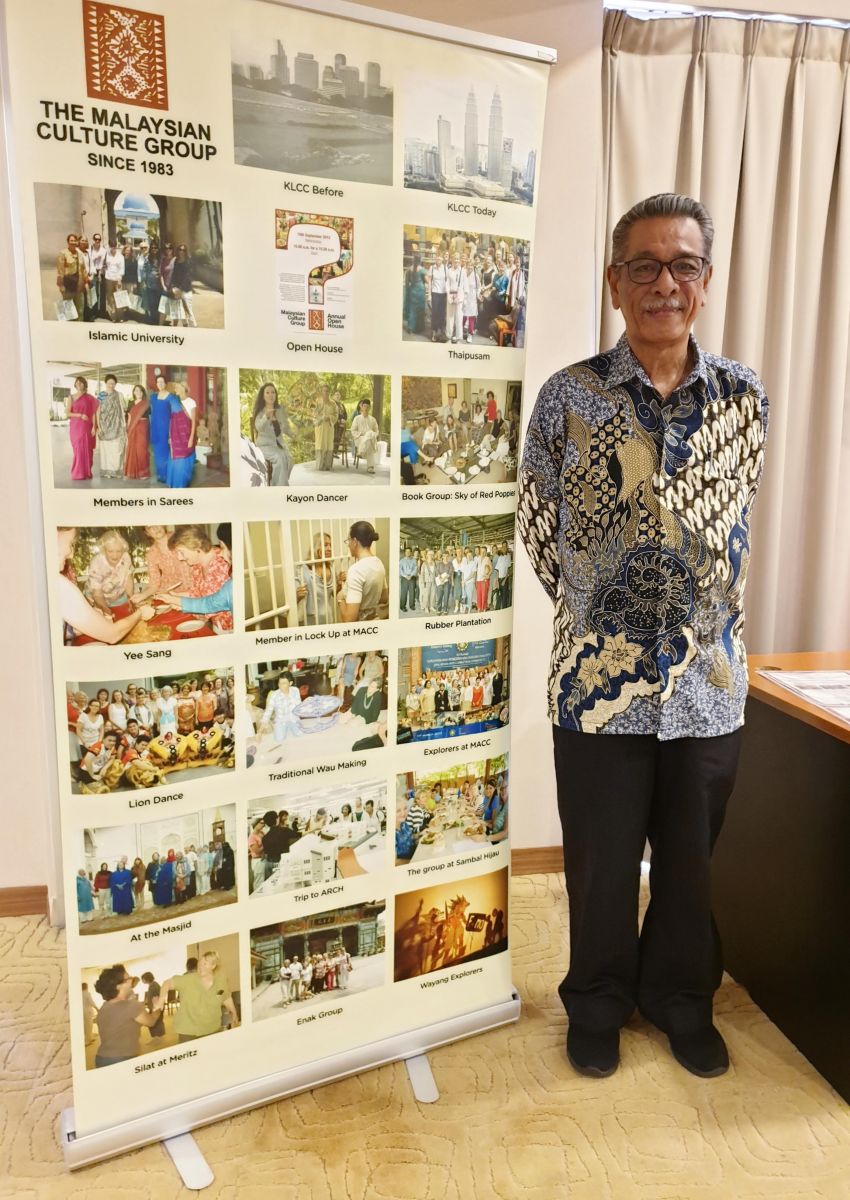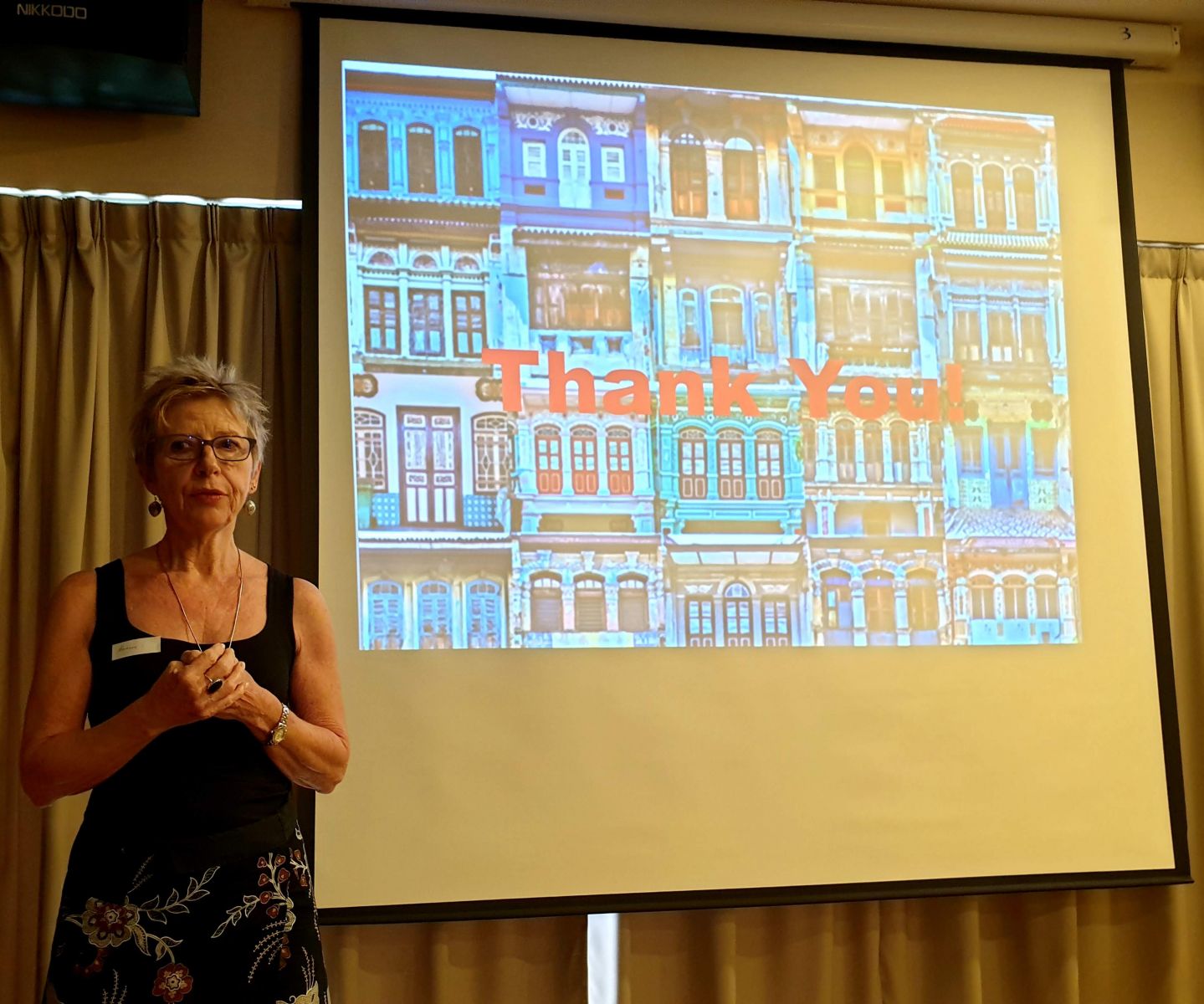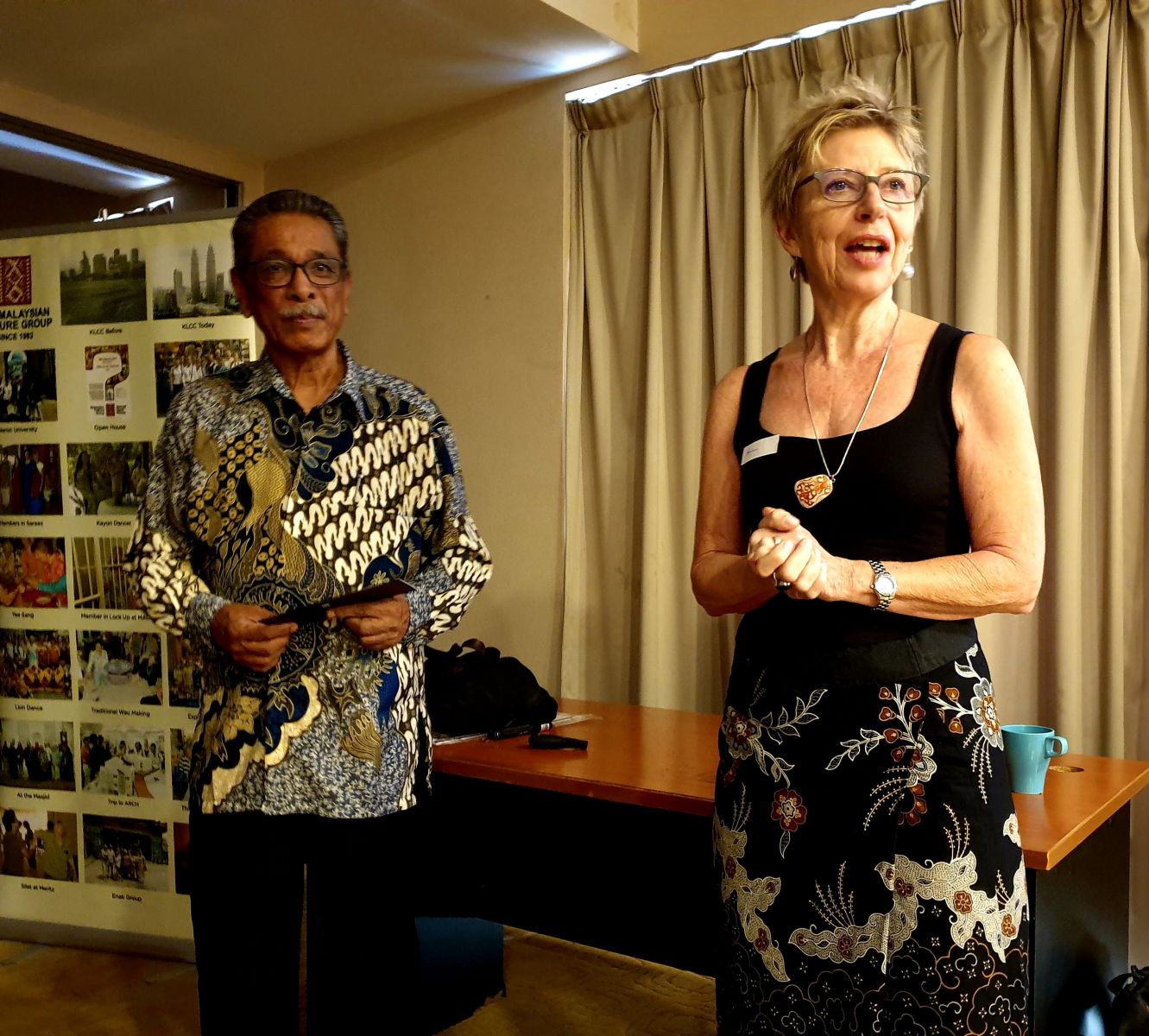|
Millionaires’ Row, a treasure trove of history and legacy
|
||
 |
Although Heeren Street or ‘Millionaires’ Row’ in Malacca is overshadowed by the more famous Jonker street beside it, a stroll down it will uncover a wealth of history and architectural charms which Steven Lim, a UNESCO cultural heritage specialist guide and trainer and a Baba, described in his fascinating talk this month.
The street was once known as Hereenstraat and also ‘Kampong Belanda’ (Dutch Village) having been built by the Dutch who arrived in Malacca in 1641 and remained there for the next 150 years. Peranakan influence in the street dates from the early 18th century and the street is also known as Jalan Tun Tan Cheng Lock, after a millionaire philanthropist. |
|
 |
Houses are narrow but stretch back 100 metres back to the next street, as a way of getting around a government tax on the width of houses. As you walk along the street, look out for:
● Gable ends of different heights with Feng Shui elements engraved on them – the different heights were intended to help prevent all being destroyed in the event of fire
● Moon windows - these round windows symbolize unity, peace and happiness and enable neighbours to communicate with each other without going onto the road.
● Front entrances – some with bat shaped vents, carved wooden doors with family surnames engraved above them, floors tiled with ceramic tiles imported from Europe, giving an indication of the wealth of the owner, ornate pillars and columns with beautiful features
● Full length windows with wooden louvers providing privacy and regulating airflow
● ChienNien (cut and paste) – figurines and flowers from broken china bowls used for decoration
● Roofs with glazed ‘U’ and ‘V’ shaped terracotta tiles, each one handmade and unique, helping to direct the flow of rainwater
● Skylights promoting natural light and air ventilation, in the tradition of Feng Shui, enabling Qi energy to accumulate and bring luck to the household, and air wells allowing in natural light, where families would gather to gossip and play cards. |
|
|
Baba Lim then talked about some of the distinctive houses on the street, starting with # 118 at one end of the street which is now Hotel Puri and which he recommended both as a good value hotel and original Peranakan house.
At # 48-50 is the Baba Nyonya house, a heritage museum where it is worth taking the guided tour. At # 122 is the Eng Choon Association, which took care of the welfare of its members and helped to ensure that they would have a proper burial if they died. At the entrance flanked by two statues is a half metre plank which obliges those entering the house to look down as they walk across it, away of paying respect to the elders who have died.
No. 84 is the home of ‘Colourbeads.com’, a business run by the third generation which makes beaded shoes with glass beads. Once these came from Bohemia, nowadays they are from Japan. At # 92 is Kedai Kasut which sells ‘bound feet’ shoes or lotus shoes, once worn by women whose feet had been bound to make them more feminine and to marry a wealthy husband. We learned that the last woman with bound feet was from Singapore and died as recently as 1992. Today the shoes continue to be made but thankfully only as souvenirs for tourists.
Other notable houses include # 8 (Malaysian Heritage Trust), # 54-56 which houses the Tun Tan Cheng Lock Centre for Asian Architectural and Urban Heritage, # 111, the ancestral home of Tun Sir Tan Cheng Lock, who made his fortune in rubber and was a founder of the Malaysian Chinese Association, and the Chee Mansion at # 117. It was interesting to hear that one of the early Chee owners financed an expedition upriver in search of tin which led to the founding of Kuala Lumpur.
Not all houses are in pristine condition – we saw a photo of one rundown house which is waiting for the right buyer offering the right price. As Malacca is UNESCO world heritage listed, the façade must be maintained. |
||
 |
|
 |
|
At the start of his talk Baba Steven said that we need someone to explain things to us to bring them to life. He brought both Heeren Street and Malacca to life in this wonderful talk and I for one cannot wait to get back to Malacca and see everything that I missed the first time around. Review by H. W. |
||




